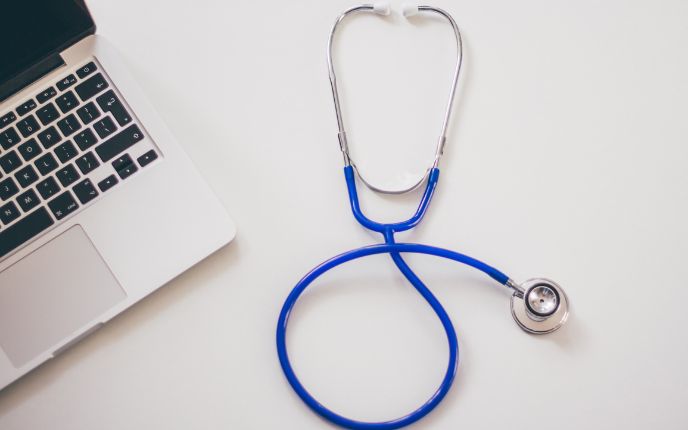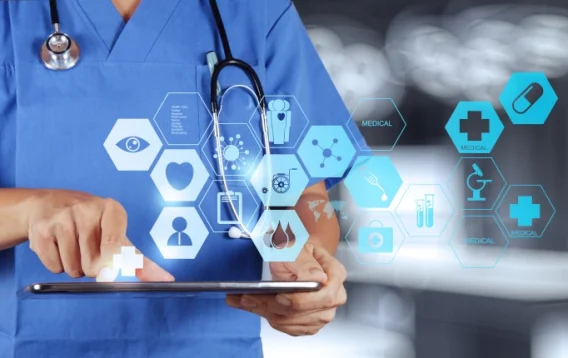You may have never heard of “e-health” even though it is already part of your life! According to a recent Google study, 84% of patients use both online and offline sources for research. 21% book appointments via the Internet or on mobile devices. All of these new means to connect and organize our healthcare are leading us to talk about e-health rather than just health.
E-patient and e-doctor
The arrival of Smart phones and health care mobile applications is changing how patients and providers of health care interact. Mobile phones are becoming high-tech tools that enable us to monitor our body’s functions (see the CiteWorld special report).
In the US and UK, patients often first try to inform themselves before seeking out medical help visiting online health information resources and communities organized around certain health issues (see WebMD and MayoClinic.com). They do not automatically visit doctors preferring to take control over their health decisions by becoming informed consumers.
As for doctors, e-health is changing how medical teams collaborate, allowing for remote and real-time demonstrations (see the article about surgeons using Google Glass), and finally enabling remote patient monitoring.
Today, what solutions exist?
Several solutions have been set up to answer this desire for real-time information and to harmonize patient flow management. Among these solutions: smart hospital beds to measure body temperature or sweating, electronic wristbands, customized bedrooms to improve patient experience (color, music, etc.) and even interactive kiosks to direct and identify patients. Some hospitals are even equipping themselves with a Patient Journey solution to better manage the patient journey and ease medical staff workload.
And tomorrow?
E-health is only in the early stages. “Hospital 2.0s” where the patient’s experience and well-being are central are still few, but should become more numerous as the years go by.
Regulation and security must be taken into account. For instance, a legal framework to inform patients and data security to protect patients will be imperatives going forward.
Articles reliés
-

-

- News
- Health
The wait in pharmacy
-

- News
- ESII
- Health
Twana™ XL: admissions kiosk





